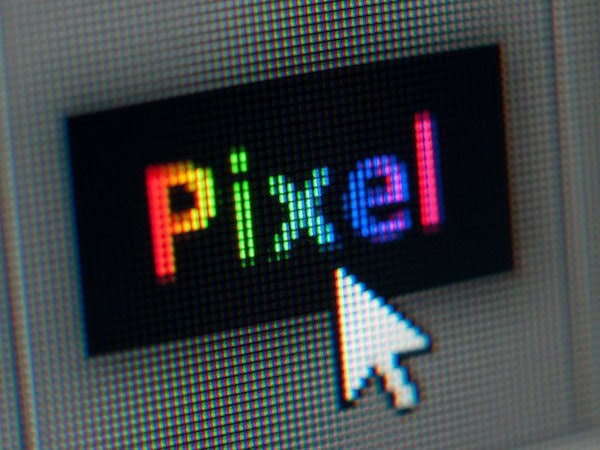
[Image above] Credit: Jan Gäbler; Flickr CC BY-NC 2.0
Are you satisfied with the resolution on your smartphone, tablet, or flat screen TV?
As the industry continually moves toward better-resolution display screens, glass researchers are working to improve the science behind the manufacturing process.
John Mauro, senior research manager of glass research at Corning Incorporated and ACerS Fellow, and Qiuju Zheng, associate professor at Qilu University of Technology in China, are pioneering research in glass relaxation behavior. In a new paper, Mauro and Zheng show that the glass “relaxation variability can be reduced dramatically by increasing the fragility of the system.”
A glass’s thermal history is one of the contributors to its properties. Glass substrates are heated during the manufacturing of flat panel display screens to deposit thin-film transistors. This alters and complicates the thermal history of the glass sheet. As the glass relaxes during the process, some of its volume shrinks slightly. If fluctuations in the relaxation behavior are not managed and accurately controlled, pixels in the screen won’t align properly, resulting in a sort of “pixel chaos”—in other words, a display that doesn’t work.
Think of it like a marching band director (production manager) trying to organize band members (pixels) into their proper place in a creative formation for the halftime show. If they’re not lined up in their correct spot when the show begins, the visual effect is lost on the audience. As the show plays out, band members know exactly where to step, based on yard lines on the football field. If the football field dimensions varied, the line markings would vary, and mayhem would result as band members missed their marks and crashed into each other.
But back to the screens…
Manufacturers are bedeviled not so much by shrinkage, but by the unpredictable nature of shrinkage. As Mauro and Zheng strive to understand what controls fluctuations in glass relaxation behavior, they can predict where the fluctuations originated—which could lead to better control of thermal history during manufacturing or to new compositions that are more stable and predictable with respect to relaxation behavior.
In an American Institute of Physics press release about the work, Mauro explains that the knowledge he and Zheng have gained through their research is already having positive effects within the glass manufacturing industry. The researchers suggest their study could bridge the gap between the physics of glass relaxation and the chemistry behind it.
“Our research will lead to improved glass composition designs to help enable higher resolution displays for next-generation display technology,” Mauro predicted in an email.
Whether their research leads to larger screens, less waste for electronics manufacturers, or other improvements remains to be seen. Because we love our devices, we look forward to future developments in this arena.
The paper, published in The Journal of Chemical Physics, is “Variability in the relaxation behavior of glass: Impact of thermal history fluctuations and fragility” (DOI: 10.1063/1.4975760).
Author
Faye Oney
CTT Categories
- Glass
- Manufacturing


